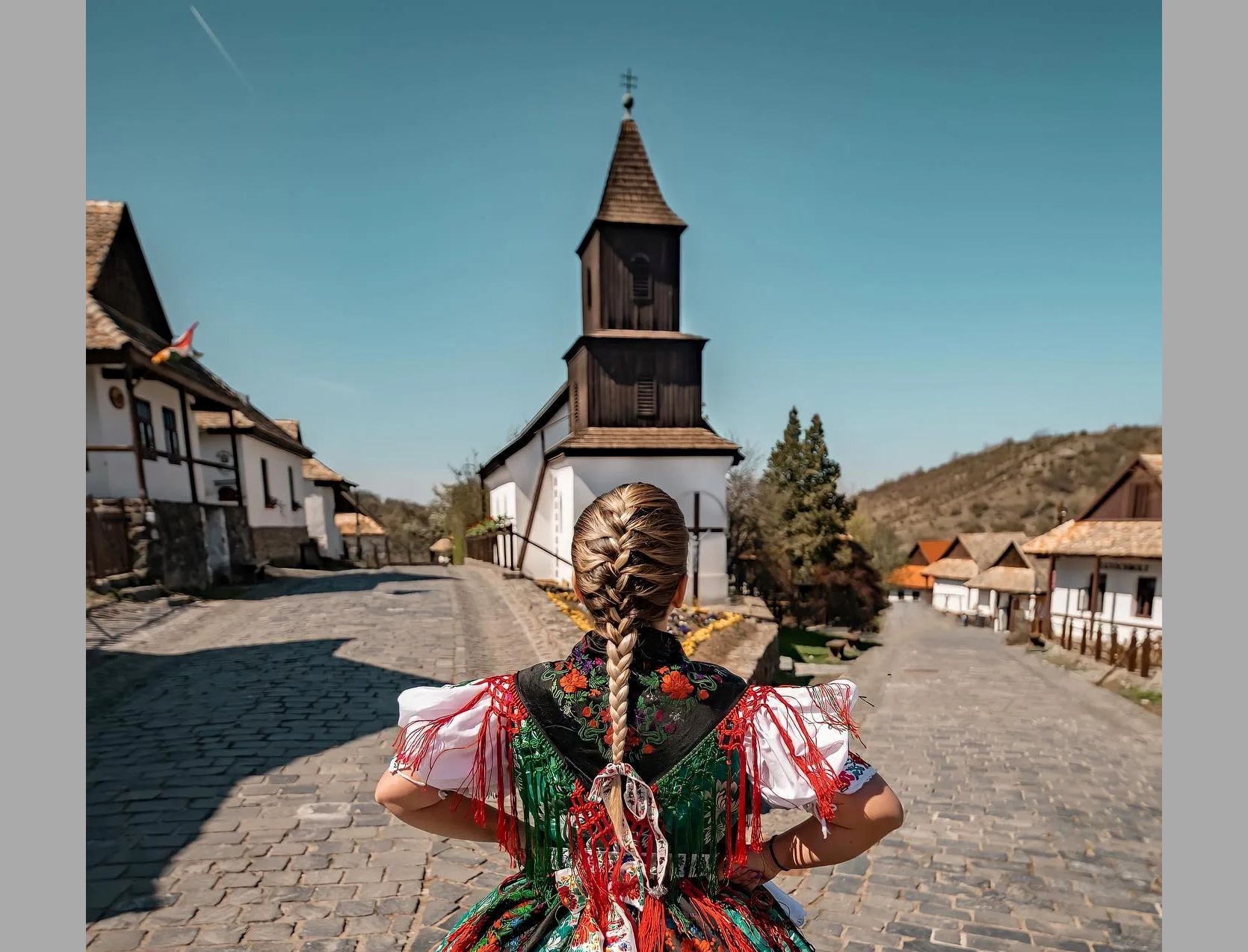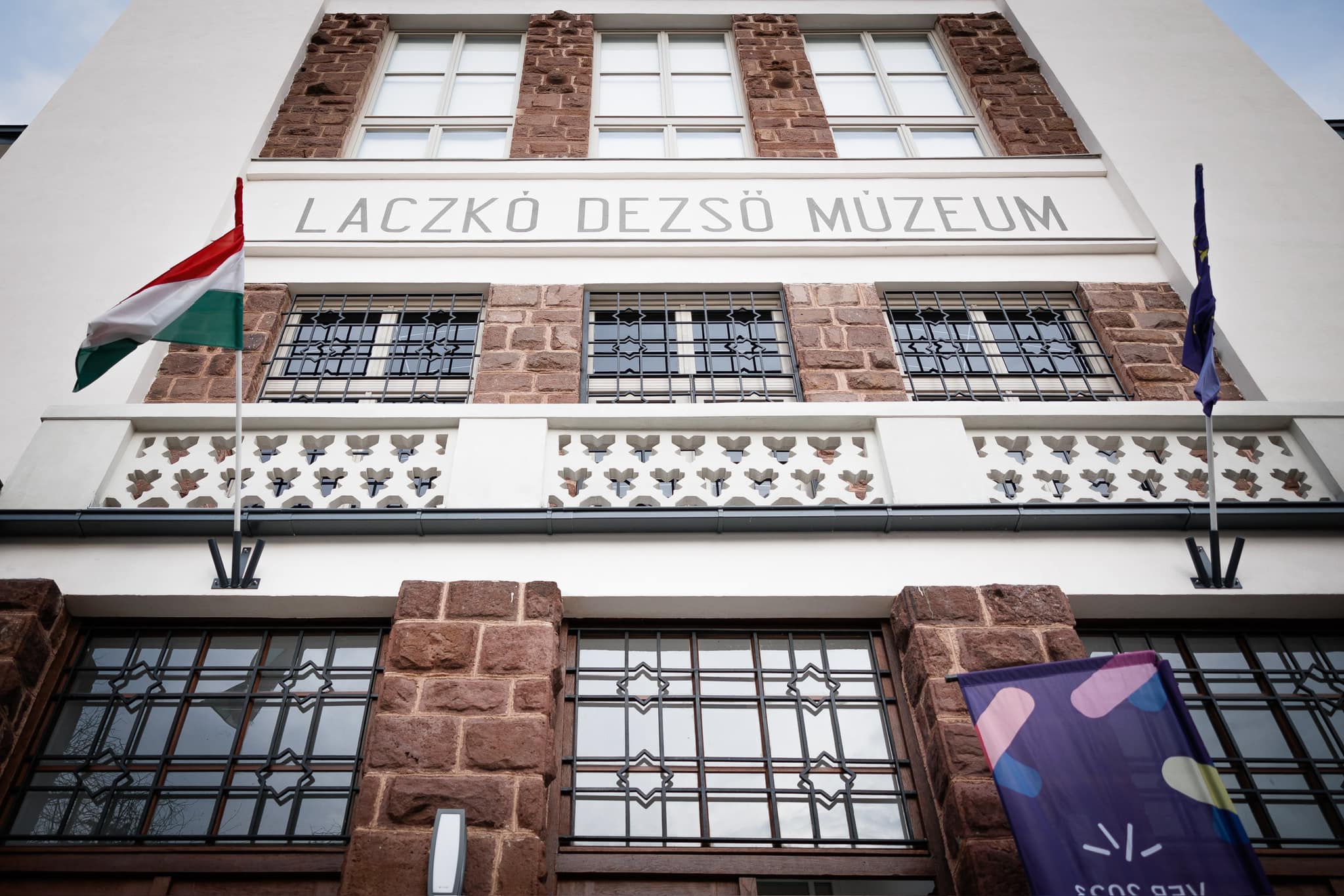
Hollókő is a unique example of folk architecture that has survived in its original state.Continue reading
A permanent exhibition depicting the history of the city of Veszprém opened on Thursday at the Laczkó Dezső Museum in Veszprém (western Hungary). The exhibition covers the thousand-year history of the city in the museum, which has been renovated inside and out thanks to the European Capitals of Culture program.
The permanent exhibition, entitled “Memory Machine,” is based on the collections of the Laczkó Dezső Museum over the past 150 years, and spans a thousand years.
Through the exhibition we “enter the infinite past,” Tibor Navracsics, Minister of Regional Development, said at the opening of the program, referring to the fact that the exhibit includes, for example, a building stone from St. Michael’s Cathedral. He emphasized that
the aim of the exhibition was to make visitors feel that “it is good to be from Veszprém.”
Gyula Porga, mayor of Veszprém (Fidesz-KDNP), called the Veszprém-Balaton European Capital of Culture program a success, adding that it was important for the city to be able to benefit from the initiative’s heritage. He added that the permanent exhibition will open as a legacy of the program.
Brigitta Péterváry-Szanyi, director of the Laczkó Dezső Museum, pointed out the exhibition was “an expression of the city’s identity.” She noted that some sections of the display will be renewed within two years. This is the sixth permanent exhibition, the first having opened within the building’s walls in 1925, she underlined.
Péter G. Tóth, the curator of the exhibit, stressed that
the objects will be showcased in relation to the city’s iconic buildings and squares.

The building of the museum. Photo via Facebook/Navracsics Tibor
In the innovative exhibition, visitors can admire various folk costumes, see former street signs and utensils, and on the walls they will be able to follow the history of the city and its interesting facts in projected form.
Via MTI; Featured image via Facebook/Hello Veszprém-Balaton